Injection and blow molding are plastic manufacturing processes for making parts with commercial and industrial applications. Both processes are different, although often confused for each other due to the word “molding.” As a result, plastic molding enthusiasts need to understand the blow molding vs injection molding comparison and know the differences between the two processes to accurately decide on the right one.
This article introduces blow and injection molding, their applications and advantages, then discuss the differences between blow molding and injection molding.
What is Blow Molding?
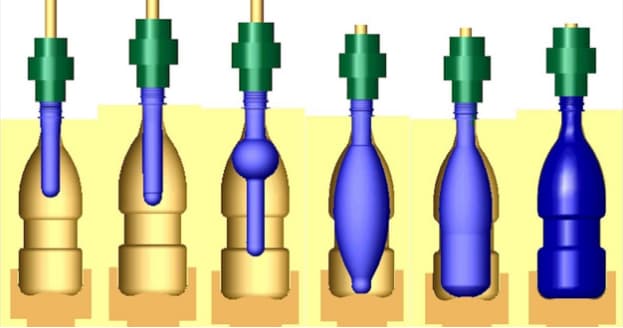
Blow molding is a plastic molding process that is similar to glassblowing. The process begins by heating the raw plastic material to a certain temperature (depending on the plastic). Afterward, an extrusion machine extrudes the heated plastic material to form a hollow tube, a.k.a parison.
The operator places the parison in a prepared mold and blows air (pressure of about 80psi) to the mold. As a result, the parison expands in the mold, taking its shape. On cooling, the plastic sets and forms the hollow parts according to the mold design. Delegating then occurs.
Types of Blow Molding
There are three types of blow molding:
· Injection Blow Molding
This involves using a blow or core rod to inject the parison into the mold cavity. As a result, the parison will have a test-tube shape. Upon insertion into the mold, the air is blown to the parison to take the shape of the mold.
· Extrusion Blow Molding
There are two variations: continuous or intermittent. On the one hand, the continuous variant involves constantly feeding the parison to mold and cutting it off with a blade on cooling. On the other hand, intermittent variant expels the molded part before inserting a new parison. As a result, the intermittent variant is less expensive and takes less time.
· Injection Stretch Blow Molding
This combines injection and blows molding processes to make a plastic part. The process starts with making a solid pre-form using injection molding. Afterward, a machine heats the pre-form and blows air into it.
Advantages of Blow Molding
The blow molding process has the following advantages:
- It has a lower production cost in comparison with injection molding
- It has a low initial machine investment
- It eliminates the need for a two-part mold component
- It has great part design flexibility
Applications of Blow Molding
Blow molding is highly cost-effective and functionally effective. Consequently, it is an important process in making uniform and thin-walled hollow components. Small businesses in industries such as automotive, consumer products, medical parts, pharmaceuticals, etc., use it in making hollow parts such as bottles, water tanks, etc.
What is Injection Molding?
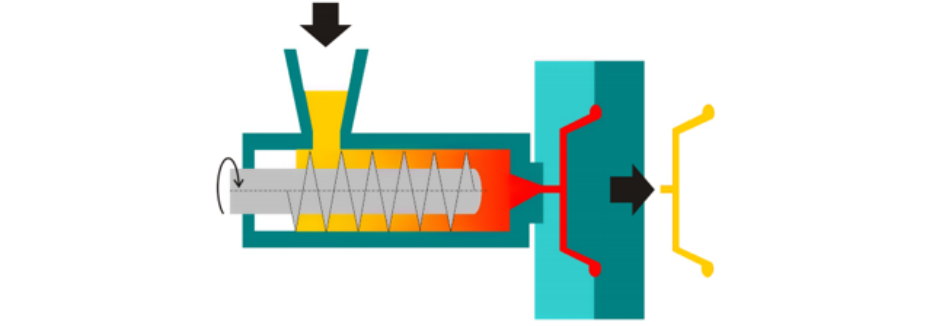
Injection molding involves using precision molds and tooling to manufacture solid plastic parts. The mold is the component with the final product’s design made from materials such as steel and aluminum using a high precision and tolerance process such as CNC machining.
On designing and manufacturing the mold, the injection process starts. The first stage involves melting the injection molding material at a very high temperature (depending on the plastic polymer). Furthermore, the operator injects the molten plastic into the mold at high pressure. After injection, cooling occurs to harden the plastic polymer, and then ejection occurs. You can also subject the part to a surface finishing process.
Advantages of Injection Molding
Injection molding has the following advantages:
- Development of highly detailed molds with multi-cavity options
- It has a high precision
- It is cost-effective for high-volume production
- It has great material flexibility, color options, and efficiency
Applications of Injection Molding
Injection molding is applicable in the volume production of solid parts with great details and high precision. For example, container caps, combs, and mobile phone cases. It is also applicable in the automotive parts and medical parts manufacturing industry.
Differences Between Blow Molding and Injection Molding
Understanding the blow vs injection molding comparison can only be effective by understanding their differences. Below are a few differences between blow molding and injection molding and how to tailor them to your project.
Blow Molding vs Injection Molding: Molding process
One of the major blow vs injection molding comparisons concerns the molding process. Injection molding involves sealing the plastic in the injection chamber and injecting it into an already prepared mold. Consequently, the plastic is in the injection chamber and the mold throughout the injection process.
On the other hand, blow molding involves heating the plastic and blowing air using an plastic extrusion machine to form the hollowed tube or parison. Afterward, the parison is placed in the mold, and air blowing continues till the final product forms.
Key takeaway
- Injection molding does not use air because it can lead to the formation of air pockets in molded plastic parts.
Blow Molding vs Injection Molding: Mold design

Another major distinction in the injection molding vs blow molding comparison concerns the mold. Injection molds should be highly precise for the accurate flow of molten plastic material on injection. Hence, the use of CNC machining.
Due to the mold’s precision, injection molding is suitable for molding plastic parts with complex designs. Also, the molds come from strong and durable materials, ensuring repeatability without losing quality.
On the other hand, molds used in blow molding have better design flexibility. In contrast to injection molding designing the mold is not an issue. The issue is more with the molding process, where issues such as air leaks, wall thinning, streaks, and flashes occur.
Blow Molding vs Injection Molding: Materials and Color Options
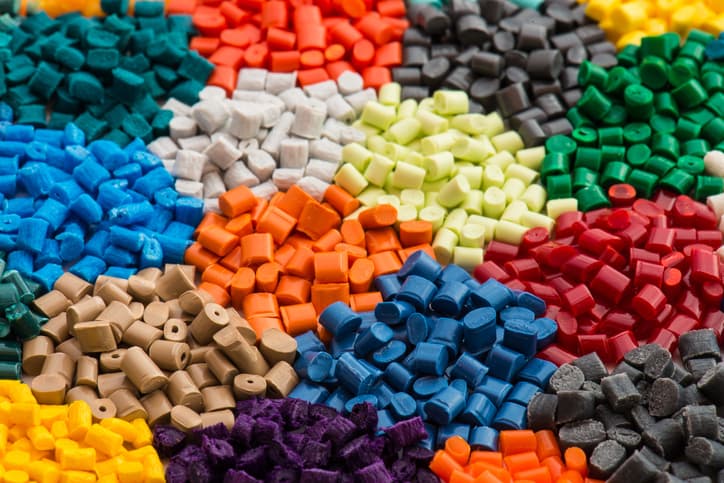
Both processes are compatible with a wide range of materials. However, choosing a material depends on its complexity and desired properties. Hence, the need for professional guidance.
Blow molding is majorly used for soft and flexible plastics such as Acrylonitrile Butadiene Styrene (ABS), High-Density Polyethylene (HDPE), Low-Density Polyethylene (LDPE), and Polypropylene (PP). On the other hand, injection molding is compatible with hard plastic polymers and resins such as polycarbonate.
Nevertheless, many blow molding materials are suitable for injection molding. A few examples of common materials used in blow and injection molding are:
- Acrylic: Acrylic is glass-like plastic resistant to wear, scratching, color stain, and UV exposure. It is commonly used in food and beverage applications.
- Acetal: Acetal is a strong plastic material resistant to friction, temperature, and abrasion. As a result, it is commonly used in mechanical and automotive applications.
- Polyetheretherketone (PEEK): This thermoplastic has a high chemical, radiation, and temperature tolerances. Consequently, it is important in manufacturing parts used in many medical, automotive, and industrial environments.
- Poly Vinyl Chloride (PVC): PVC has high durability, dimensional stability, and resistance to flame, chemicals, and abrasion. Therefore, it is a common injection molding material industry-wise.
- Polyester: They have high tensile strength and dielectric properties in making trampolines, canoes, etc.
- Urethane: This low-cost injection molding material can achieve precise tolerance. Consequently, it is applicable in making products with complex designs.
Just ensure you know the different factors in choosing the right material.
Blow Molding vs Injection Molding: Manufactured Parts
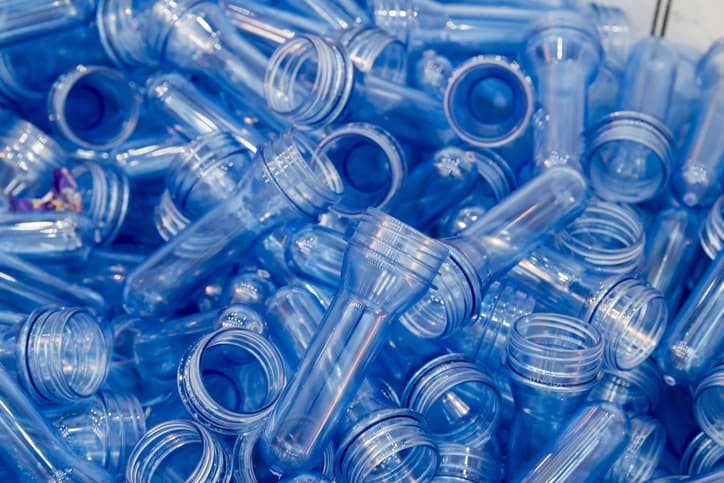
The most distinctive difference between the blow and injection molding is that the former is suitable for hollow parts, and the latter is applicable for making solid parts.
Injection molding is the right method for making plastic parts that need a rigid wall, such as bottle caps, hair combs, and computer housings. In contrast, blow molding is suitable for making hollow products with flexible or structural properties. For example, bottles, coolers, fuel tanks, and stadium seats.
Blow Molding vs Injection Molding: Cost
Blow molding has a lower cost than injection molding cost due to the shorter operation and tooling cost. Furthermore, the cost of a blow molding machine is lower than the an injection molding machine.
Quick Pick: Which is Yours Between Blow Molding and Injection Molding?
Choosing between blow molding and injection molding should only occur after knowing the differences between both processes. The major decider of your choice should be your investment capability and the types of products you want to make.
Blow molding is the best when working with hollow parts such as bottles, water tanks, etc. But if your desired project requires a solid part with a complex design, injection molding is the right process.
Create Your Custom Plastic Molded Parts
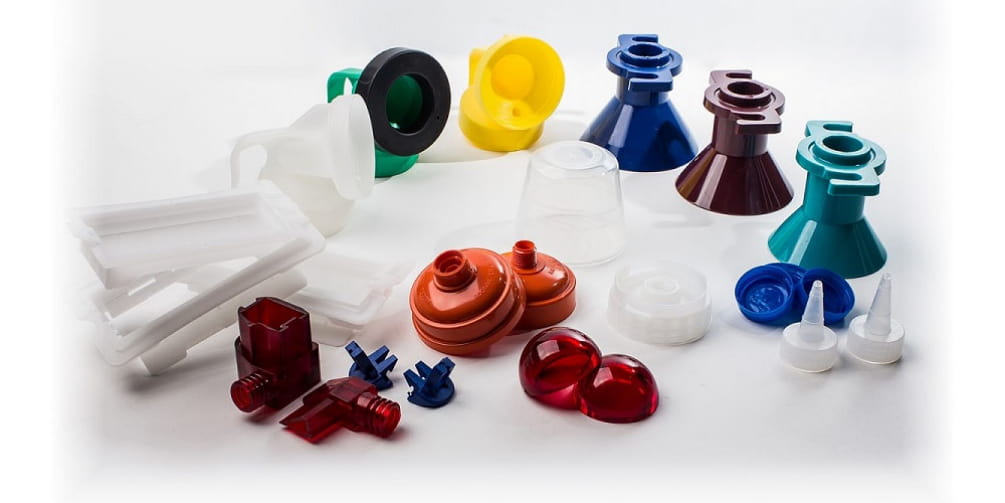
Are you searching for an injection molding service that guarantees high-quality plastic molded parts in a short time with competitive pricing? Then you have found what you want. RapidDirect is a rapid prototyping company that offers manufacturing services such as injection molding services. Our powerful injection molding capabilities can help manufacture high-quality injection molds and plastic molded parts.
We are an ISO 9001:2015 company having self-owned factories with advanced facilities and a professional team that will support you during mold design, material selection, and economical solutions.
Furthermore, outsourcing to us is easier with our instant quoting platform, which ensures accurate quotations and efficient design analysis. As a result, you can upload your design file and get a real-time quotation and free DFM analysis within 12 hours. All these at a fast lead time and competitive pricing.
Conclusion
Blow molding and injection molding are common plastic part manufacturing processes used in commercial and industrial products. They are different processes with plastic parts designs. This article talks about the difference between blow and injection molding. Do you need high-quality plastic parts? Let us help you get started.


